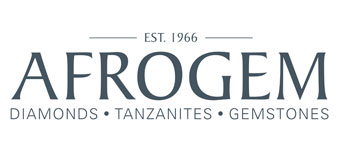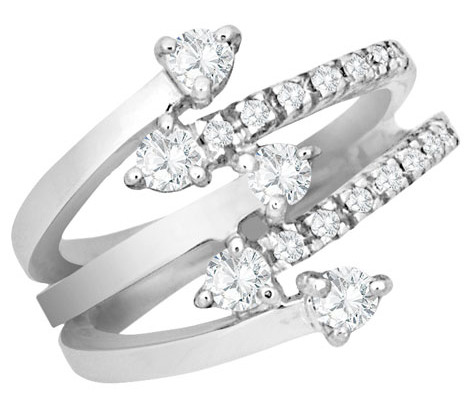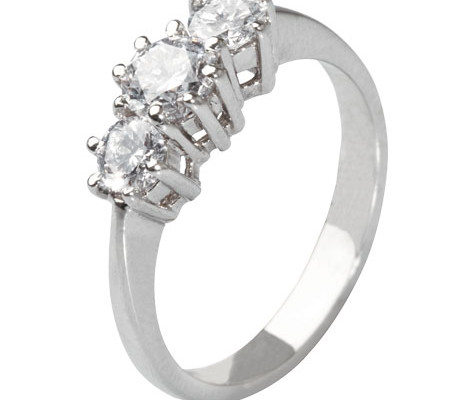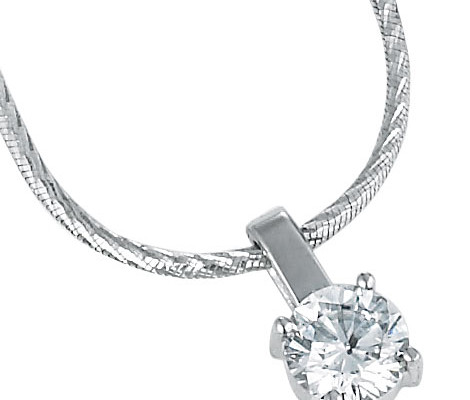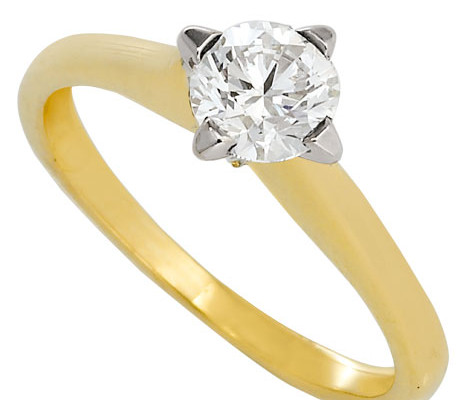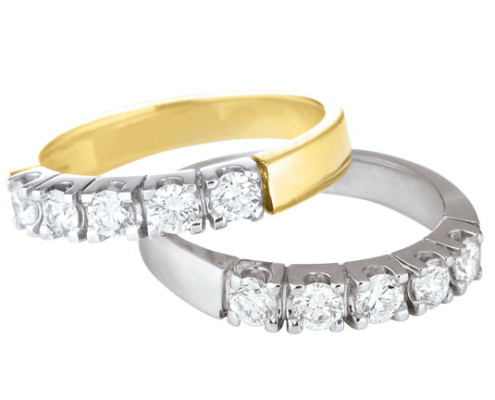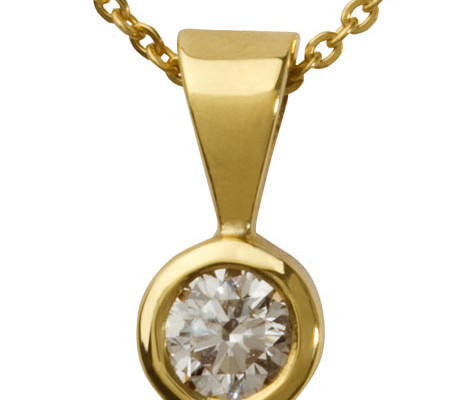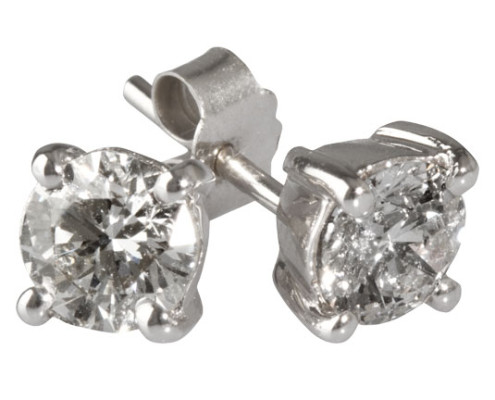
Pliny the Elder, Ancient Roman Naturalist, 1st Century A.D. Diamonds have a long history as objects of beauty and human desire. The earliest mention of diamond mining
appears in Sanskrit texts in the 4th century BC. Manuscripts from the court of the first emperor of India recorded the rising value of taxes collected from mining vajra, and an ancient Hindu proverb states: vajra can only be scratched by another vajra – indicating that the mines must have been diamond mines.
India’s diamond mines are now exhausted, but it was once a premier diamond-producing nation and birthed many celebrated royal diamonds such as the magnificent Koh-i-Noor, which now forms part of the British Crown Jewels held in the Tower of London.
Modern diamond mining, as we know it today, began in South Africa in the late 19th century. In 1866, the child of a Dutch farmer found a diamond measuring 22 carats, near the Vaal River. Three years later, an 83 carat diamond was uncovered, creating a world-wide stir and initiating the South African “diamond rush”. In 1971 dry digging began at four mines. The largest of these mines was the Colesberg Kopje (Hill) in Kimberley, which later earned the nickname, “The Big Hole”. To this day, South Africa remains the biggest producer of diamonds in the world.
Understanding the 4Cs, designed to outline a diamonds quality, is paramount when purchasing a diamond. All Afrogem staff are highly skilled and can guide you through the process of choosing the perfect diamond to suit your lifestyle.

Every diamond is a miracle of time and place and chance. Like snowflakes, no two are exactly alike.
Understanding the 4Cs, designed to outline a diamonds quality, is paramount when purchasing a diamond. All Afrogem staff are highly skilled and can guide you through the process of choosing the perfect diamond to suit your lifestyle.


Diamonds occur in a variety of natural colours, some of them highly prized as fancy colours; pinks, blues and even deep yellows and browns. These rare stones are known as fancy colours, or fancies. However, the colour evaluation of most gem-quality white diamonds is based on the absence of colour. Like a drop of spring water, a chemically pure and structurally perfect diamond has no hue, and consequently, a high value.
AFROGEM diamonds are colour graded according to the standards set by the E.G.L. (European Gemological Laboratory). These conform to the accepted worldwide standard for colour grading diamonds which was introduced by the Gemological Institute of America (GIA) in the mid-twentieth century.
Gem quality diamonds are graded on a scale from D [colourless] to Z [light colour].


Clarity refers to any natural flaws and inclusions in the stone, and external characteristics called blemishes. Evaluating diamond clarity involves determining the number, size, relief, nature, and position of these characteristics, as well as how these affect the overall appearance of the stone. While no diamond is perfectly pure, the closer it comes, the higher its value.
All Afrogem diamonds are graded on the E.G.L. (European Gemological Laboratory) Diamond Clarity Scale, which has 6 categories, some of which are divided, making a total of 11 specific grades.
Flawless (FL) – No inclusions or blemishes are visible to a skilled grader using 10x magnification.
Internally Flawless (IF) – No inclusions, only blemishes are visible to a skilled grader using 10x magnification.
Very, Very Slightly Included (VVS1 and VVS2) – Inclusions so slight they are difficult for a skilled grader to see under 10x magnification.
Very Slightly Included (VS1 and VS2) – Inclusions are observed with effort under 10x magnification, but can be characterized as minor.
Slightly Included (SI1 and SI2) – Inclusions are noticeable under 10x magnification.
Included (I1, I2, and I3) – Inclusions are obvious under 10x magnification which may affect transparency and brilliance
Many inclusions and blemishes are too tiny to be seen by anyone other than a trained diamond grader. To the naked eye, a VS1 and an SI2 diamond may look exactly the same, but these diamonds are quite different in terms of overall quality. This is why expert and accurate assessment of diamond clarity is extremely important.


Cut refers to a diamond’s shape, proportions, symmetry and finish. An optimal cut ensures that the facets reflect light to create maximum brilliance.
Though difficult to quantify, a diamond’s cut has three primary effects:
Brilliance - the brightness created by the combination of all the white light reflections from the surface and the inside of a polished diamond
Fire - the dispersion of light into the colors of the visible spectrum, seen as flashes of color.
Scintillation – the flashes of light and dark, or sparkle, when a diamond or light source is moved.


Carat Weight is the term used to measure a diamond’s weight. One carat has 100 points and weighs 1/5 of a gram (200 milligrams). Diamond price increases with carat weight, because larger diamonds are more rare and more desirable. But two diamonds of equal carat weight can have very different values (and prices) depending on three other factors of the diamond 4Cs: Clarity, Colour, and Cut.

